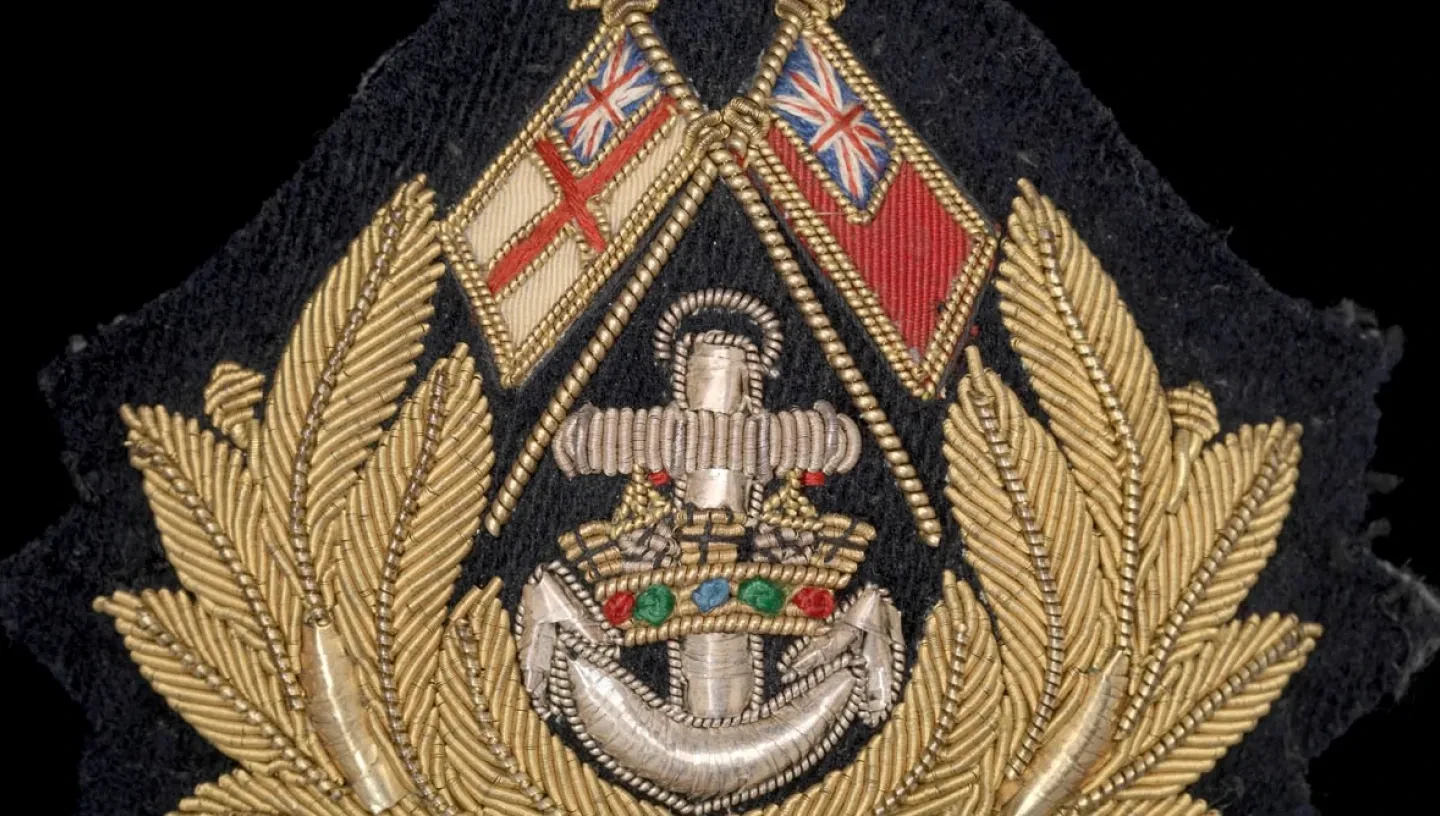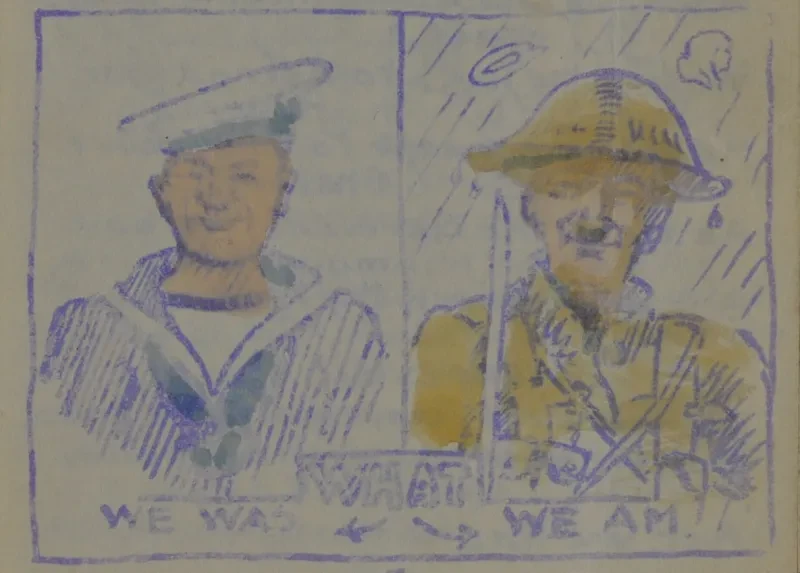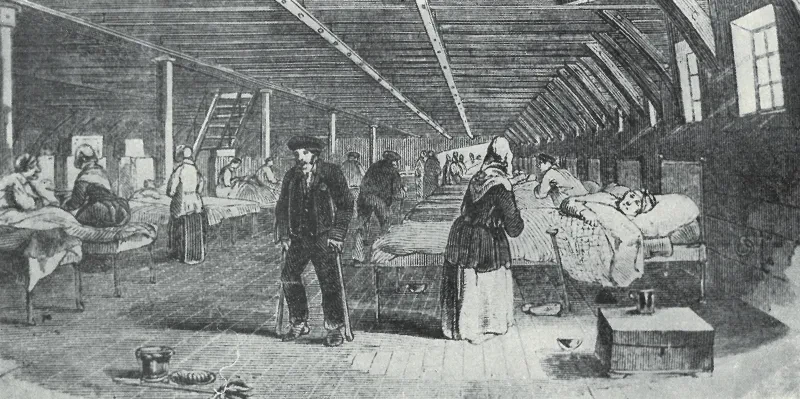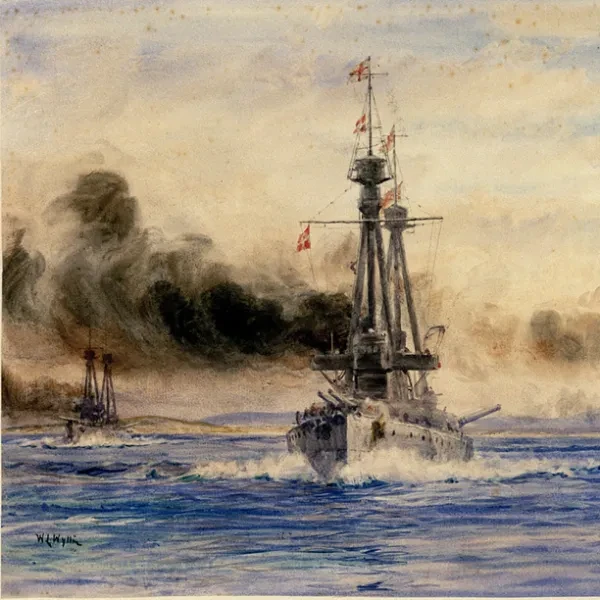
This blog introduces a recently catalogued archive covering the activities of The Navy League, later The Sea Cadet Association, over a period of 100 years, from 1894 to 1994
The Navy League was a patriotic organisation that campaigned for greater public awareness of the role of the Royal Navy in safeguarding British interests at home and abroad. Its archive provides evidence for research on developments in naval policy, the shaping of public opinion on defence spending and the preservation of peace, and our changing relationship with the sea.
The Navy League aimed to be independent of politics, supporting whichever party was most committed to expenditure that would maintain a naval force of adequate strength. It was an inevitable development of the Edwardian period, as feelings of imperial jingoism and pride in naval traditions were mixed with anxieties about foreign aggression. It wasn’t unique to Britain, as equivalent organisations of naval enthusiasts came into being in Germany, France, Russia and other countries.
Using the annual reports and committee papers of The Navy League, we can trace the development of its objectives, the literature it endorsed, and some key participants. Its origins can be traced back to a series of articles written by the journalist Spenser Wilkinson for ‘The Pall Mall Gazette’ in 1894.
This was in the wake of a Royal Commission presided over by Lord Hartington, which had identified weaknesses in the administration of the naval and military departments and their relationships with the Treasury. Wilkinson believed that an association of voters should compel the British government into reorganising defence planning. His articles were reprinted under the titles The Command of the Sea and The Brain of the Navy.
From 1896 onwards, The Navy League’s publicity campaign was boosted by the annual commemoration of Trafalgar Day. It was the journalist Arnold H. White who first suggested the laying of a wreath at Nelson’s Column on the anniversary of the Battle of Trafalgar.
The Navy League looked to the nation’s youth to be inspired by naval heroes and carry forwards an indomitable spirit. From 1898 onwards, it circulated The Navy League map of the British Empire, which highlighted events from naval history, as well as showing the global reach of its naval facilities and resources. The use of a world map displaying all the parts of the British Empire in shades of red became synonymous with the pretensions of imperialism.
At the start of the twentieth century, The Navy League aimed to gain support from working-class communities by stressing the importance of seaborne commerce and shipbuilding to their jobs and food supplies at home. There was particular concern over the naval threat from Germany, coupled with distrust among naval officers of the reforms of the first sea lord Sir John A. Fisher.
Some members of The Navy League made calls for a more overtly political campaign focused on British naval supremacy, resulting in the formation of a breakaway group known as The Imperial Maritime League in 1908.
The different climate at the conclusion of the First World War saw the main message of The Navy League being one of appreciation for the spirit of courage and devotion to duty which had been displayed by naval and merchant seafarers.
During wartime periods, the organisation was prominent among the charities concerned with the welfare of British seafarers. The Navy League Overseas Relief Fund established immediately after the Battle of Jutland in 1916 raised money for the dependents of British seamen who had been killed or disabled. During the Second World War, branches of The Navy League Seafarers’ Comforts Supply supplied knitted garments and other gifts to those serving at sea.
By the Cold War era, the momentum of The Navy League had declined, but it continued to stress the importance of seapower and stand against unilateral disarmament. The training of young people in the traditions of seafaring became the most important part of its work.
Following a suggestion made by the politician H.O. Arnold-Forster, the first unit of The Navy League Boys’ Naval Brigade was formed in 1899. Similar voluntary organisations involved in training boys in seamanship and naval discipline became affiliated to The Navy League.
When the Admiralty introduced a new sea cadet scheme in 1919, the central committee of The Navy League gained official recognition and the units then began to use the designation The Navy League Sea Cadet Corps. Under the auspices of The Navy League, the movement spread throughout the British Isles and overseas.
The naval branch of pre-service training for women during the Second World War developed into The Girls’ Nautical Training Corps, later affiliated to the Sea Cadet Corps. In 1946 responsibility for the general policy and organisation of the Sea Cadet Corps was delegated to the Sea Cadet Council.
The Navy League continued its support in areas of administration and finance, including subsidies for activities and sports. It helped with the purchase of Raven’s Ait, an island in the River Thames near Surbiton, for use as a national watersports centre, and the brig TS Royalist (1971) for offshore sail training.
The Navy League changed its status from a voluntary association to an incorporated company in 1946. The Navy League Incorporated was renamed the Sea Cadet Association in 1976. This body merged with The Marine Society to form a single charity in 2004. The collection of archive material discussed here was presented to the National Maritime Museum by The Marine Society & Sea Cadets in 2019.
References
The ‘New Navalism’ and the British Navy League, 1895-1914 by W. Mark Hamilton, in The Mariner’s Mirror, Volume 64, 1978, pp.37-44.
Among the archive collections at Royal Museums Greenwich are personal papers of some personalities connected with the history of The Navy League, including Lionel G.H. Horton-Smith, Arnold H. White, and Admiral of the Fleet Sir Geoffrey T. Phipps. The Caird Library also provides access to issues of the journals The Navy League Journal (later The Navy) and The Sea Cadet.







